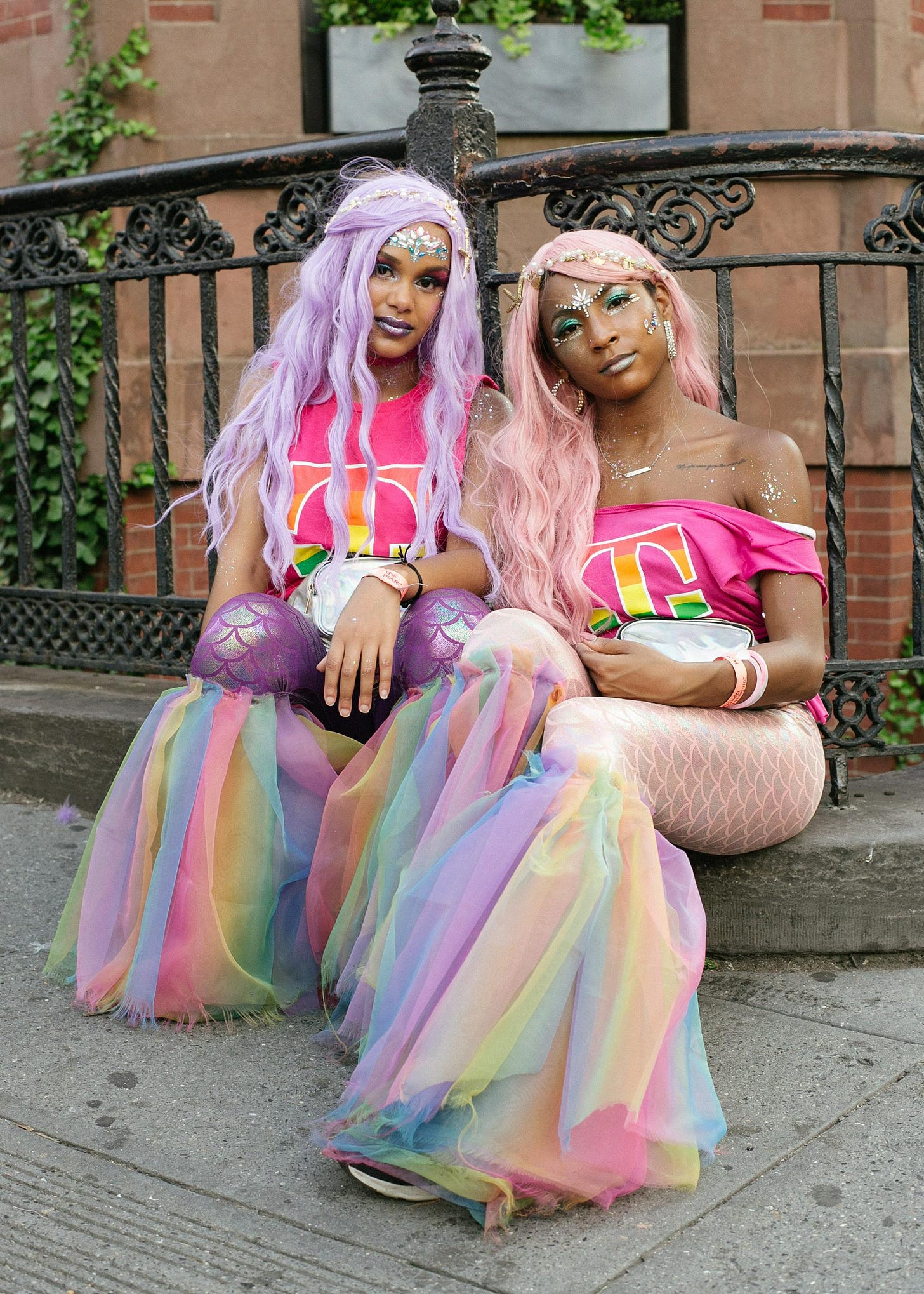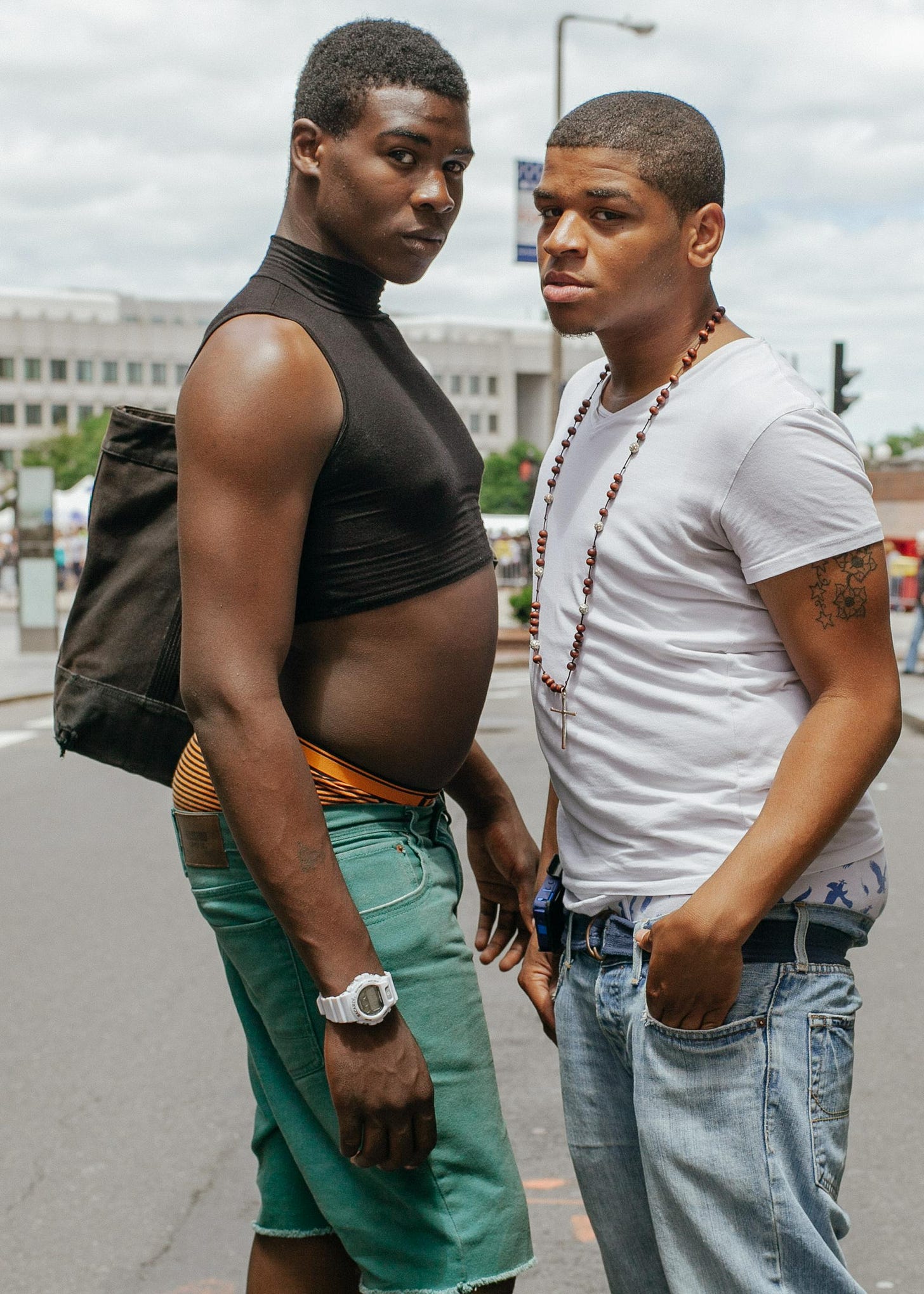Quantum Photography Season 3 artist interview: Stephanie Mei-Ling
We sat down with Stephanie to learn more about her life and her inspiration behind "Street Queens"
Stephanie Mei-Ling is a documentary photographer based between Brooklyn and Los Angeles. A self-taught Black-American/Taiwanese photographer, Mei-Ling’s work explores the layered complexity of intersectional identity; society’s fetishization of marginalized subcultures; the universality of otherness, and the appropriation and reclaiming of cultural narratives of invisible communities.
STREET QUEENS is my homage to those whose very existence is an act of resistance, who fight daily to be seen, who have inspired me in such a short time to live life fully. It is a visual celebration of the souls who I've had the honor of meeting and photographing at Gay Pride Parades across the US.
Quantum
Who have been your biggest artistic influences, and why?
Stephanie Mei-Ling
I am influenced by the creative process. Artists like Toni Morrison, Kerry James Marshall, Faith Ringold inspire me with their methodical approach to creating. I can operate in a very free and intuitive way, and I find that when you design rituals within your artistic process, that structure can be extremely helpful, especially during creative blocks. In my own medium, I admire Gordon Parks for the way he used his camera to shine light on issues that he felt deeply about. I have a degree in sociology, and it wasn’t until recently in my career that I realized how much that degree informs my work. I feel an intense and deep connection to justice and the desire for equality in society. I believe Gordon Parks felt the same, and it was reflected in his work, and his documentation of American life, Black American life. His range reached beyond documentary photography, and crossed over into fashion photography, writing, directing and even painting.
Quantum
What was the process of creating the artwork for this collection?
Stephanie Mei-Ling
This project was birthed from an emotional connection I had after witnessing the authenticity of self expression at the first Pride parade I ever attended in New York, 2007. Two years later I made sure to go back with a camera and an intention to capture what I felt the first time I went. I wasn’t sure what my approach would be, so the first year I photographed there was a mixture of reportage and portraiture and photographed on film, 35mm. As the years passed I realized there was something special about connecting with people on an individual level, and I focused primarily on portraits. I also moved towards digital captures and using less film. (I will be getting back to film this year!)
Quantum
Precisely what is it you want to say with this collection, and how do you get your artwork to say that?
Stephanie Mei-Ling
With this collection I want to allow the people I photograph to speak for themselves. Obviously, there is something specific that attracts me to someone and inspires me to approach them for a portrait. Something in them I see in myself. Or maybe an aspect of them that I wish to see in myself. A strength or confidence that I admire. A unique self expression. I hope that my audience sees what I see.
Quantum
Is there a piece that embodies the overall collection and can you share the story behind it?
Stephanie Mei-Ling
I love the project in its entirety, and I feel each one plays an important part in the collection. If I had to choose one that was special to me, I’d say the portrait of my buddy Ty. Before 2018, I didn’t really see too many Black trans men at the NY Pride parade and this year I vividly remember seeing Ty and his friends, two other trans men, proudly and confidently walking through the streets- shirts off. It was a strong and memorable moment. I’ve maintained a relationship with Ty since then, meeting him at NY Pride parades the following years, and also photographing him outside of the parade. One of the images from our portrait session was featured in a group show, In Conversation: Visual Meditations on Black Masculinity at the African American Museum in Philadelphia.
Quantum
How did you first encounter NFTs and Cryptoart, and when did it click for you that there was a lot of potential here?
Stephanie Mei-Ling
I love twitter. It is a dynamic source for news and current events. You can learn so much from people you are following. Last year a photographer I was following sold a piece and I was instantly interested in the world of NFTs. I didn’t immediately understand it, but I knew I wanted to take time to educate myself. d The world around us is drastically changing in the way we engage, transact, socialize. We have been, and are continuing to shift into a digital world. Old ways and systems are being challenged, and there is so much potential to create and exist in new realities. Within the past year I’ve seen many artists, some that I know personally, enter and thrive in this NFT space. Both exciting and motivating.
Charity components: The artist has agreed to donate 2.5% of primary sale revenue to a charity of their choice. Quantum will allocate 2.5% of primary sale revenue to carbon reduction initiatives.
Artist Socials: Twitter








